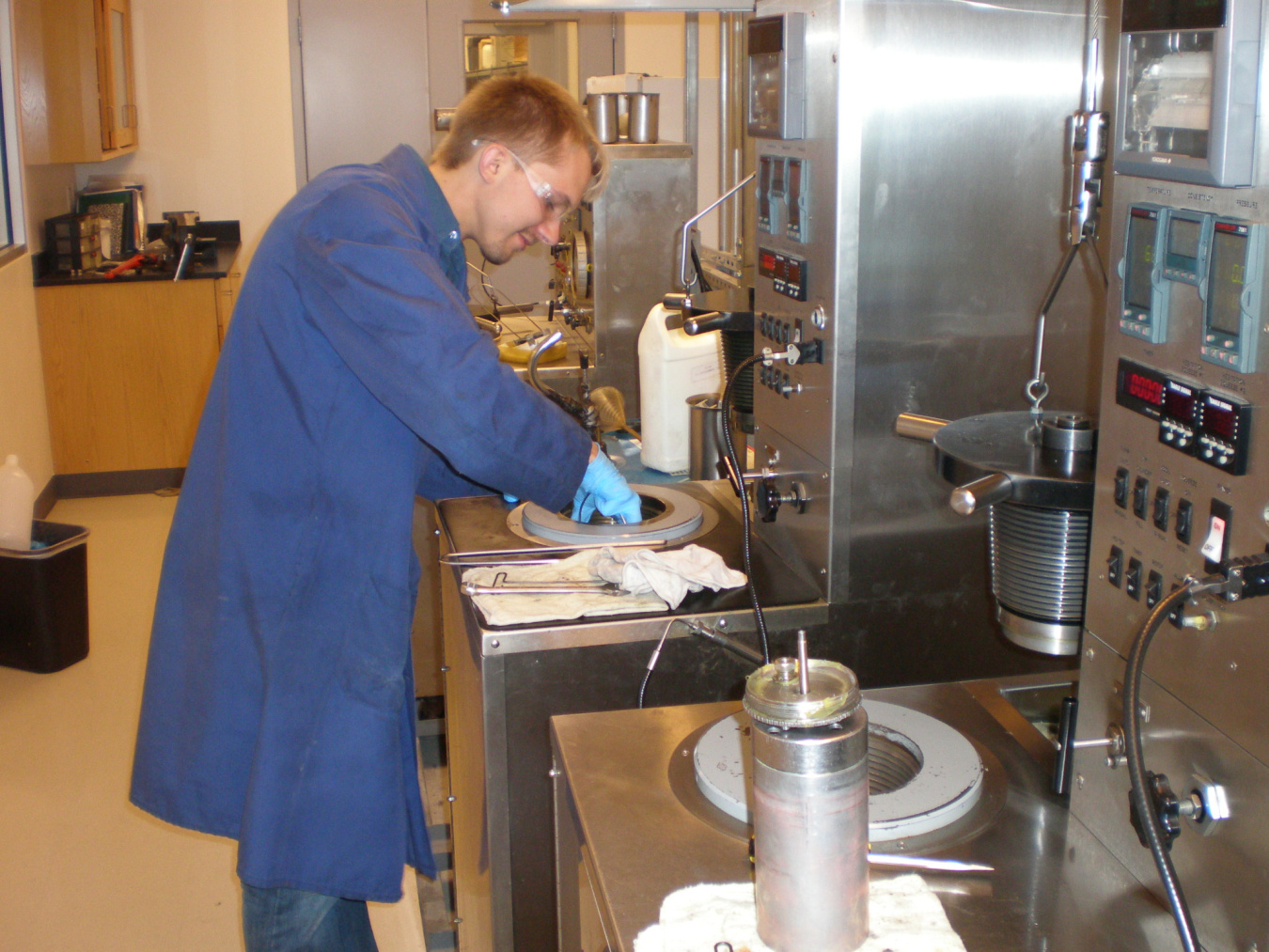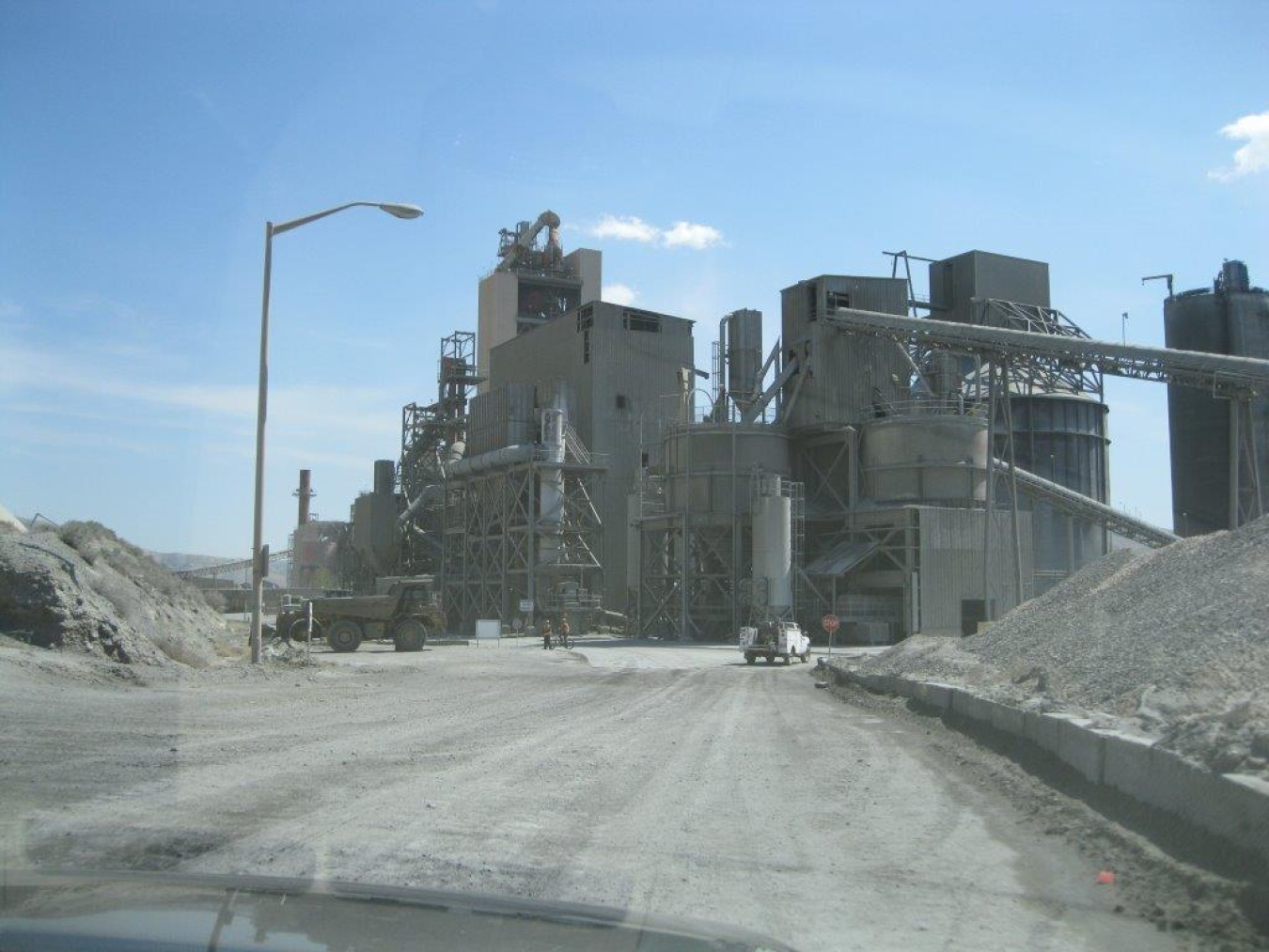
Photo Courtesy: Trabits Group

Photo Courtesy: Trabits Group
Geothermal resources are reservoirs of hot water that exist at varying temperatures and depths below the Earth's surface. Wells 1 mile deep or more can be drilled into underground reservoirs to tap steam and very hot water that can be brought to the surface for use in a variety of applications, including renewable power generation. The Department of Energy’s Geothermal Technologies Office (GTO) continues to support research, development, and validation of innovative technologies and tools to develop geothermal resources. This includes technologies that reduce the barriers to geothermal energy access.
One of the most critical components of geothermal resource development is the drilling process and the integrity and longevity of a geothermal well’s cementation of casings. After a geothermal production well has been drilled, the well must be stabilized with a casing, a large diameter pipe that is assembled and inserted into a recently drilled section of a borehole, in order to prevent the well walls from collapsing. The gap between the casing and the walls of the well is filled with cement, which locks the casing into place. Within geothermal wells, cement and casing integrity challenges are increased by the harsh conditions of high temperature, high pressure, and a chemical environment that can degrade conventional cement.
With assistance from GTO, Trabits Group, LLC has successfully developed a cement that performs strongly in harsh geothermal conditions and is easy to use. Containing zeolites a naturally occurring mineral that can be readily dehydrated and rehydrated this cement reduces the complexity and cost of well cementing, which will help enable the widespread development of geothermal energy in the United States.
Benefits of the newly developed cement include:
- Cost Savings - Reduces the time and complexity of well cementing, lowering the overall cost of well completion.
- Ease‐of‐Use - Provides compatibility with all common additives (e.g., retarders and accelerators) and minimizes the effect of down-hole temperature.
- Environment - Reduces greenhouse gas emissions compared with Portland cement production by using naturally occurring pozzolanic zeolites.
Development of this cement marks another successful step toward harnessing and accelerating the deployment of geothermal energy a clean, domestic, natural resource to generate electricity
